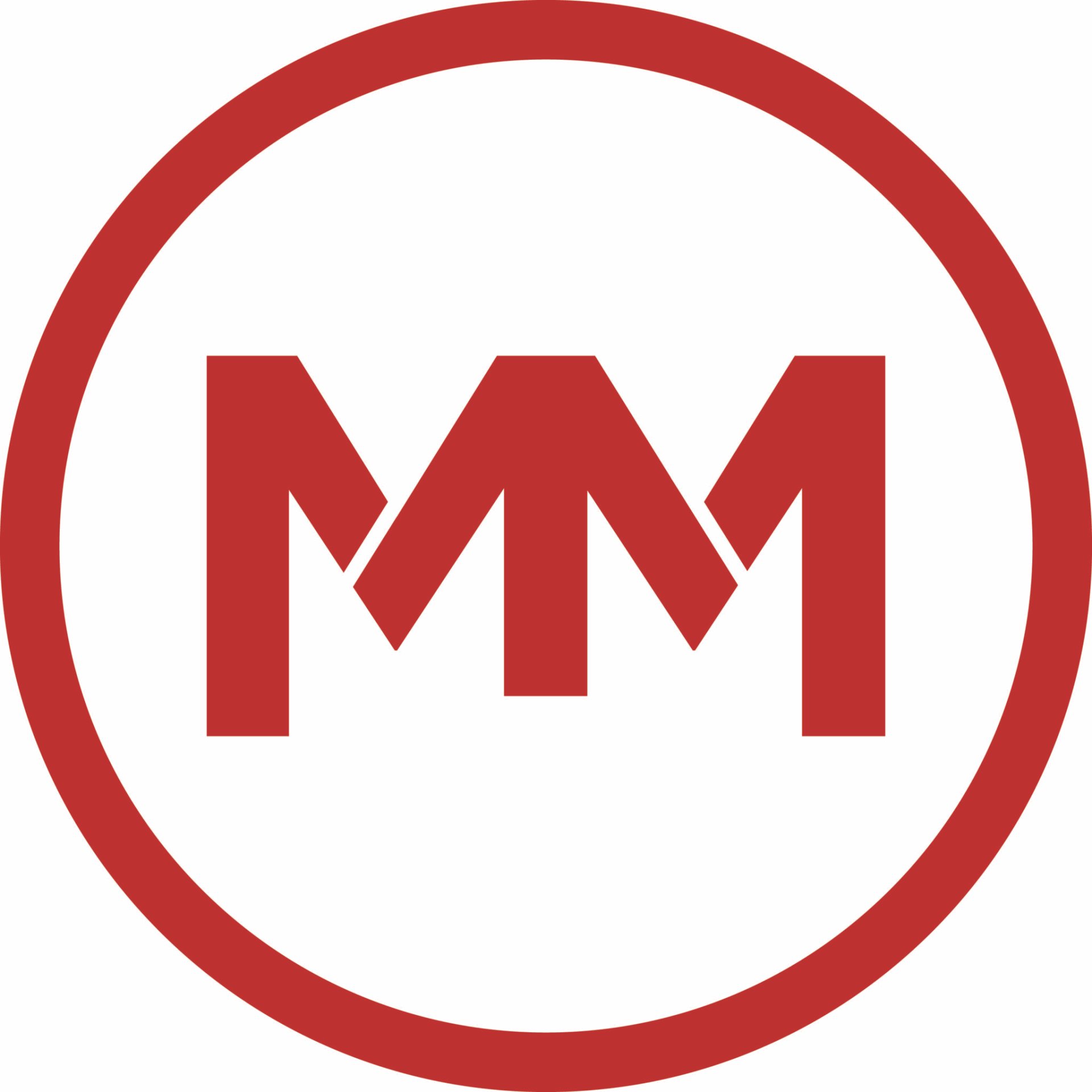Understanding your mortgage payment: the P.I.T.I breakdown
You, like many others, may have heard about mortgages, but do you really know what makes up those payments? Knowing what to expect ahead of time can help give you peace of mind when you’re starting your homeownership journey.
Movement’s here to flush out any confusion with the inside scoop on the four main things that typically make up your monthly mortgage payment!
The four things, aka P.I.T.I.
When it comes to mortgages, your overall out-of-pocket expenses are usually combined into a single monthly payment, known as P.I.T.I. (short for principal, interest, taxes and insurance).
Let's break it down so you know exactly where your monthly mortgage payment is going.
- "P" stands for Principal. Your principal is the total amount of money you borrowed from your lender. If your loan was for $250,000, your initial principal would be $250,000. Your monthly mortgage payment will pay down a portion of that principal every month; however, this doesn’t mean that the amount you pay will decrease as your principal decreases. If you’re a qualified borrower, unless you choose to refinance*, your monthly principal payment will likely remain the same for the life of your loan.
- "I" stands for Interest. This is the amount your lender charges you for loaning you the funds to buy your home. It's determined by the interest rate you locked into when you closed on your home loan. With home financing, there are typically two options for interest rates: fixed-rate mortgages and adjustable-rate mortgages. With a fixed-rate mortgage, your interest rate will not change for the life of the loan, even if market rates go up or down over the years, and your monthly payment remains steady. That's not so with an adjustable-rate mortgage, as your interest rate is fixed for a shorter period of time, after which it can change based on current market conditions. This means your monthly mortgage payment could adjust up or down throughout the life of the loan.
- "T" stands for Taxes. Set by your local government, your annual taxes are based on the current value of your property. This means that they can change over the life of your loan as your property is reassessed. Your annual tax bill will be divided into 12 installments and collected each month as a component of your monthly mortgage payment. The tax portion of your monthly payment is then held in escrow and paid on your behalf when taxes are due. Keep in mind that if your home's taxable value changes over the years, your monthly mortgage payment may change as well. Your mortgage lender or servicer will notify you of any variations.
- "I" stands for Insurance. This part of the monthly mortgage payment goes to protecting your property in the event of a disaster or accident. Like property taxes, your monthly insurance payments can be collected and held in escrow and directly paid to your insurance company. Changes in your coverage could impact your monthly mortgage payment.
*For qualified borrowers. By refinancing your existing loan, your total finance charges may be higher over the life of the loan. Terms and conditions are subject to change without notice.

But wait; what’s escrow?
During the home buying process, you’ll probably hear the word escrow being thrown around (it’s even talked about in this blog), but what exactly is it, and where does it fit into this process?
Escrow is basically a legal arrangement where a third party temporarily holds money or property until a certain condition has been fulfilled. While you have your mortgage, your escrow account will hold funds for things like taxes and homeowners insurance.
These taxes and insurance held in your escrow account are also the parts of your monthly payment that are most likely to change from year to year.
- Taxes: Your local taxes and house valuations can change, often resulting in more taxes owed.
- Insurance: Typically, insurance companies regularly raise premiums, or if you decide to switch companies, your insurance may even go down. (P.S. If you are looking to switch insurance companies, head over to Movement’s insurance page to see if this might be the right fit for you!)
How do you know the exact amount you’ll be paying?
Now that we’ve outlined what makes up your monthly mortgage payments, let’s talk about how you’ll know the exact amount you’ll be paying (aka a Closing Disclosure).
At least three days before you close on your mortgage loan, your lender will provide the Closing Disclosure (CD) for your review. This five-page document outlines the terms of your loan – including a breakdown of your monthly payment and an overview of your closing costs. These can include fees for things like appraisals, credit reports, IRS transcripts, title searches, escrow fees and attorneys.
Take the time to review your CD carefully and understand the initial and long-term costs of your loan before you sign on the dotted line.
Ready to tackle your mortgage payment?
We know mortgage payments may seem daunting, but remember, your mortgage lender is there for you every step of the way! They'll make sure you understand all of the financial responsibilities involved as you close the deal on your new home.
Have questions about your mortgage payment? Reach out to a loan officer near you today!



